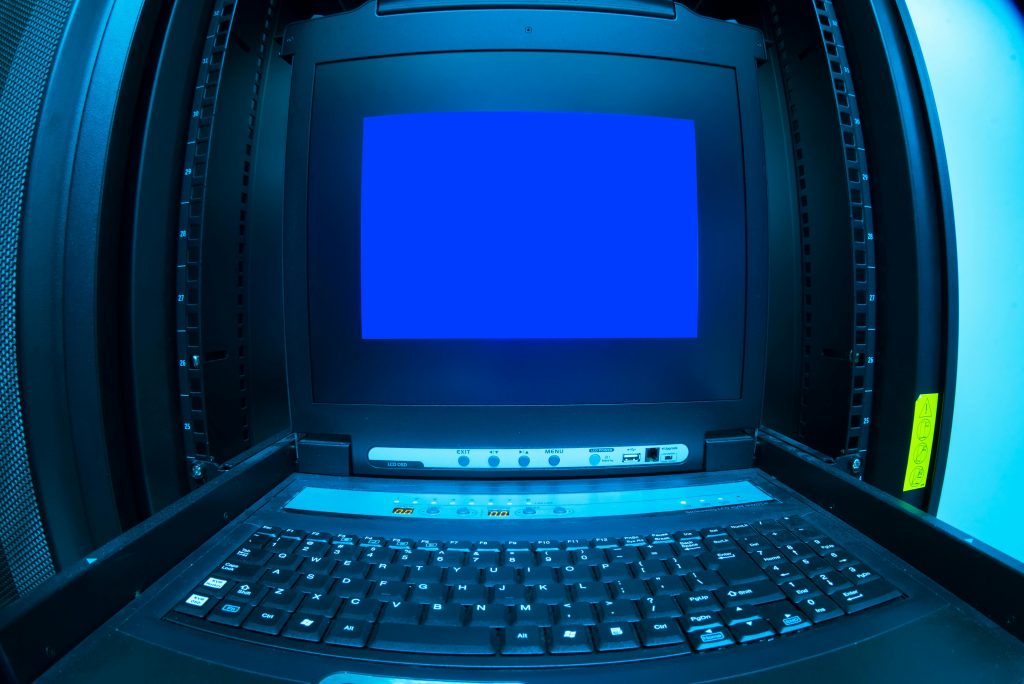Troubleshooting Persistent Laptop Freezing, Black Screens, and Unexpected Restarts on the Zephyrus G14
Overview
Many users of the ASUS Zephyrus G14 equipped with NVIDIA RTX 4070 graphics and an AMD integrated GPU (iGPU) encounter recurring issues such as system freezes, black screen occurrences, and random restarts. These problems are often compounded by the use of Optimus mode and eco configurations, which are intended to optimize battery life but can introduce stability challenges.
Understanding the Hardware and Software Landscape
The Zephyrus G14’s hybrid graphics setup involves both an NVIDIA discrete GPU and an AMD iGPU, with Optimus technology managing their coordination. While Optimus allows for power-efficient switching between integrated and dedicated graphics, it can sometimes cause graphical glitches and system instability. The dilemma is even more pronounced when attempting to operate in eco mode, which can exacerbate these issues.
Additionally, users typically manage their graphics drivers through AMD’s Adrenaline suite and NVIDIA’s proprietary drivers. Compatibility and driver stability are critical for smooth operation, especially when the system frequently switches between GPUs.
Common Symptoms
- System freeze or unresponsiveness
- Black screen glitches
- Random shutdowns or restarts
- Driver timeout errors, particularly related to AMD and NVIDIA GPUs
- Performance degradation in eco or Optimus modes
Potential Causes
- Outdated or incompatible drivers
- Conflicts between AMD and NVIDIA drivers
- Power management settings that destabilize GPU switching
- Hardware issues, such as faulty RAM or GPU hardware
Recommended Troubleshooting Steps
- Update Graphics Drivers:
- Ensure both AMD Adrenaline and NVIDIA GeForce drivers are updated to the latest stable versions.
-
Consider performing a clean installation of drivers to remove residual conflicts.
-
Disable Optimus Mode Temporarily:
- If possible, disable Optimus or configure the system to run exclusively on the dedicated GPU for testing stability.
-
This can often be done through BIOS settings or graphics driver control panels.
-
Adjust Power Settings:
- Change Windows power options to high performance.
-
Disable any power-saving features related to GPU or display.
-
Monitor System Temperatures and Hardware Health:
- Use tools like HWMonitor or MSI Afterburner to check CPU and GPU temperatures.
-
Ensure adequate cooling to prevent thermal throttling, which can cause instability.
-
**Check for Windows Updates
Share this content:



